The 6 best ChatGPT plugins for data science
Data Science Dojo
OCTOBER 2, 2023
This means that you can use natural language prompts to perform advanced data analysis tasks, generate visualizations, and train machine learning models without the need for complex coding knowledge. Zapier The Zapier plugin allows you to connect ChatGPT with other cloud-based applications, automating workflows and integrating data.


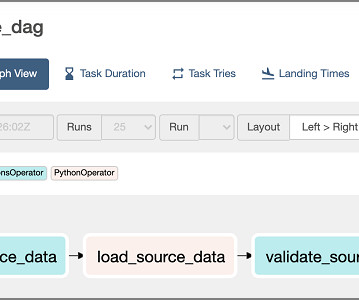
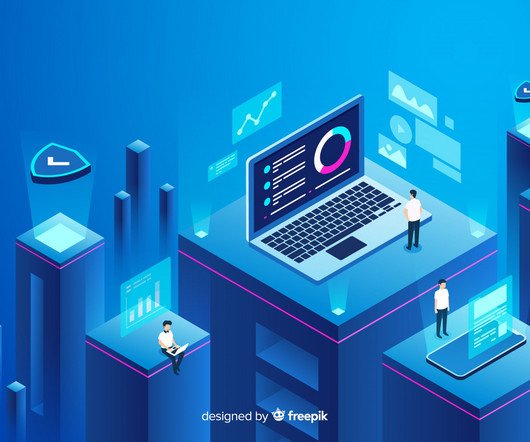
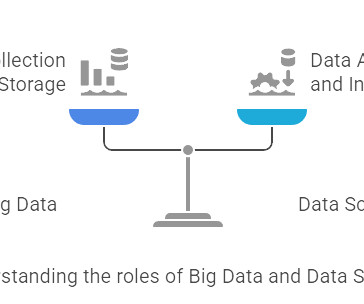

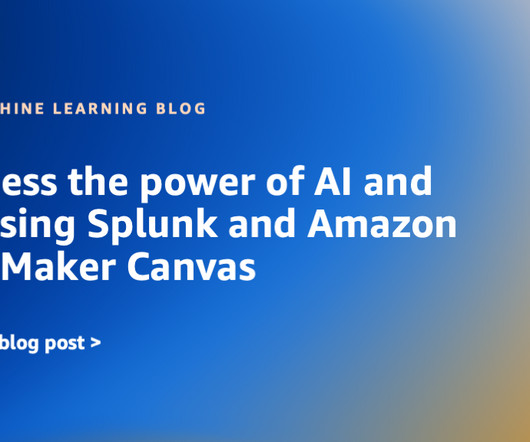


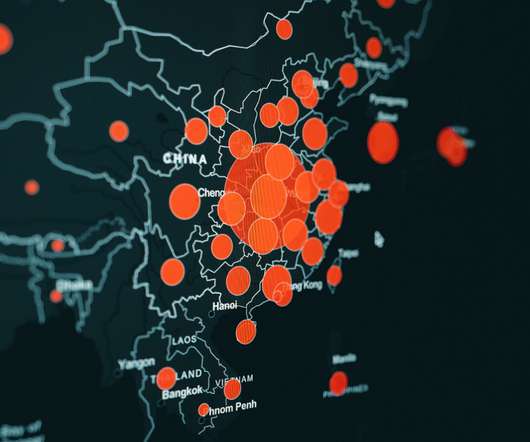







Let's personalize your content